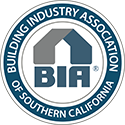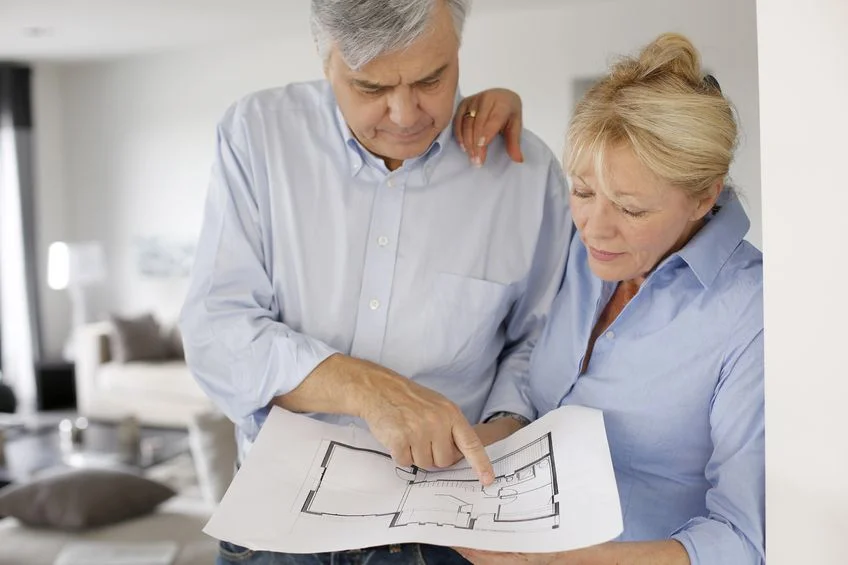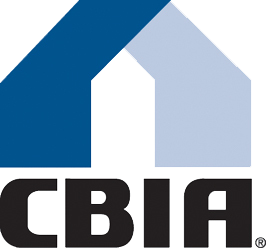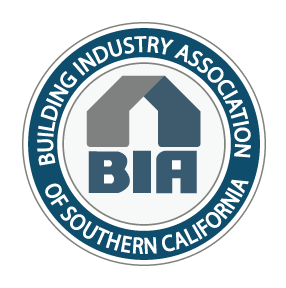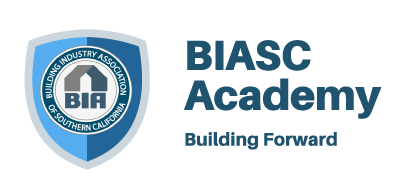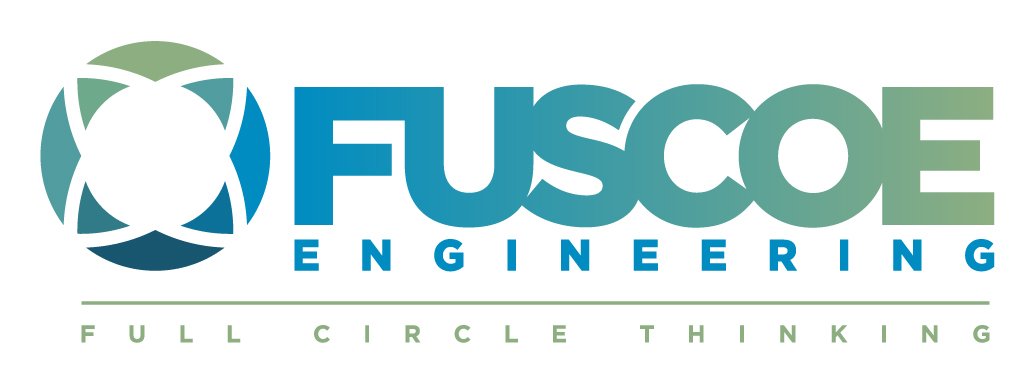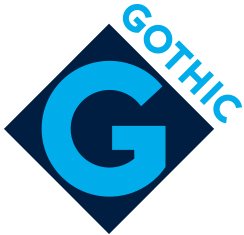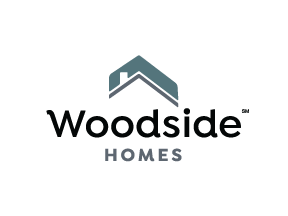Photo from Ei Ei Home
by Phillip B. Burum, Executive Vice President, Diversified Pacific,
President, Building Industry Association (BIA) Baldy View Chapter
‘Active Adult Community’ no longer implies a cluster of bland homes surrounding a simple community center set up for jazzercise classes on the weekends. Building Industry Association members such as Del Webb, Shea Homes, K. Hovnanian and Lennar Homes have reinvented what Active Adult Communities should mean. If you have not visited one of these neighborhoods, it will be hard for you to imagine how these great builders have designed their communities to fit today’s retiring baby boomers. There are a large group of boomers, however, bucking the trends of retirement living having decided to modernize their home to fit their current and future needs, allowing them to ‘age-in-place’.
Aging-in-place home modifications are becoming the most popular remodeling projects for a new generation of healthier, more active seniors. Because Americans are living longer, healthier and more active lives, senior and ‘empty-nester’ homeowners are more likely to be transforming spare rooms into home gyms or yoga studios than being cared for by younger family members.
Today, remodeling professionals are specializing in making existing homes safer, more convenient and more comfortable with the unique new NAHB Certified Aging-in-Place Specialist (CAPS). CAPS-certified remodelers are specially trained to customize existing homes by anticipating and meeting the homeowner’s current and future needs and CAPS design principles focus on aesthetically enriching barrier-free environments and other changes that can also increase the value of an existing home.
According to a recent survey by the National Association of Home Builders (NAHB), today about 80 percent of remodeling companies perform aging-in-place projects. The most popular such improvements focus on reducing maintenance and increasing the ease with which homeowners may move around within and without the home.
The survey found the aging-in-place remodeling projects that saw the largest increases over the past five years were additional lighting also known as “task lighting,” curb-less showers, bathtub grab bars, non-slip floors and widened doorways.
Popular exterior improvements include attractive ramps or “zero step” entrances, package shelves near front doors, handrails installed at existing steps and porch or front door sidelights.
The kitchen is also a major focus of redesign. Key improvements in the kitchen include; elevating dishwashers and other appliances to protect against back strain, rolling islands that can be placed under counters when not in use, revolving corner shelves, pull-out shelves and cutting boards, larger cabinet and drawer pulls and sinks that adjust to different heights.
The CAPS designation was created by NAHB in collaboration with American Association of Retired Persons (AARP) to allow homeowners to choose to modify their existing home to accommodate their ‘golden years as a reliable way to identify professionals to modify their home with improvements designed for a lifetime.’ CAPS graduates receive training about both the technical and construction aspects of building for aging homeowners while taking formal business training to maintain their credential through continuing education.
Many active seniors find it is far more cost-efficient to make home improvements to accommodate the effects of aging rather than seek out a facility that meets all of their unique needs. According to a recent report by NAHB, moving to a typical assisted living facility can cost upwards of $60,000 per year each year, plus the cost of the move. Yet the cost to widen a bathroom door, put in safety bars and a roll-in shower would typically cost about $6,000 to $8,000 – which is a one-time expense instead of a yearly drain on a homeowner’s finances.
The affordability of aging-in-place remodeling is enhanced by the fact that medically necessary changes such as wider doorways or a roll-in shower may be deductible on your taxes if supported by a letter from your doctor.
These are just some of the improvements that can make golden years more golden. So, if you’re looking for a remodeler to improve a home for an aging in place homeowner, make sure you choose one with a CAPS designation from NAHB. Ask them to show you all of the ways a remodeling job can make your home an easier place to thrive in during your ‘golden years’.
For more information on remodeling, homebuying and homeownership visit www.biabuild.com or www.nahb.com/remodel on the web.
*****
